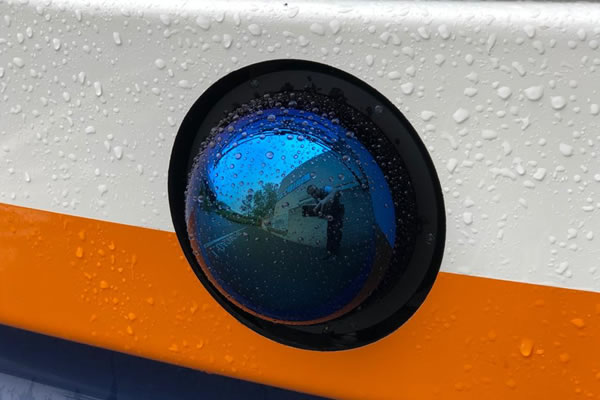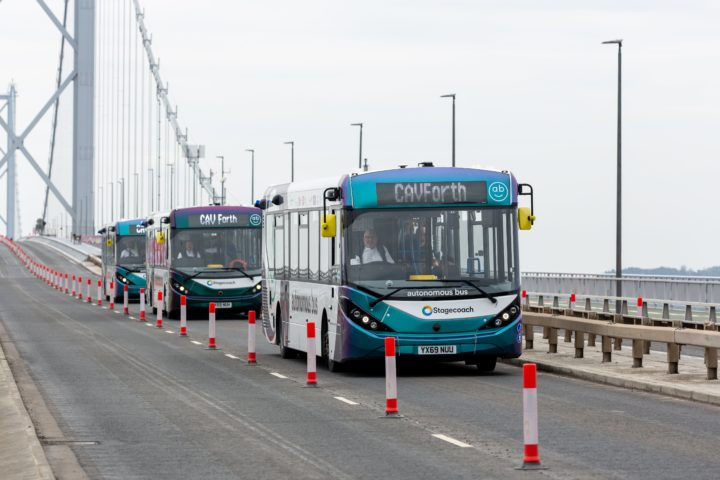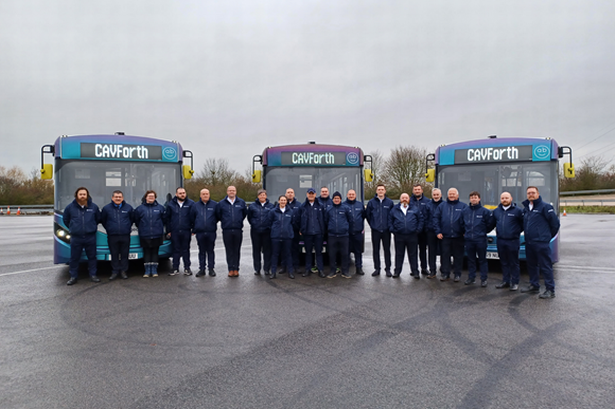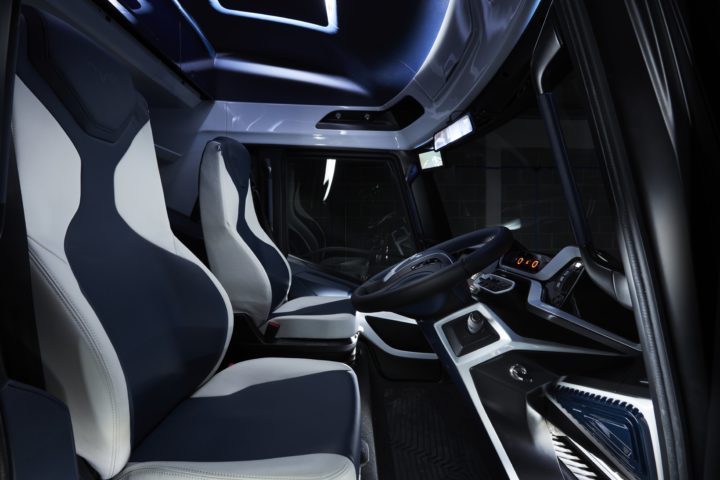 Abstract: VENTURER was one of the first three UK government funded research and innovation projects on Connected Autonomous Vehicles (CAVs) and was conducted predominantly in the South West region of the country. A series of increasingly complex scenarios conducted in an urban setting were used to: (i) evaluate the technology created as a part of the project; (ii) systematically assess participant responses to CAVs and; (iii) inform the development of potential insurance models and legal frameworks. Developing this understanding contributed key steps towards facilitating the deployment of CAVs on UK roads. This paper aims to describe the VENTURER Project trials, their objectives and detail some of the key technologies used. Importantly we aim to introduce some informative challenges that were overcame and the subsequent project and technological lessons learned in a hope to help others plan and execute future CAV research. The project successfully integrated several technologies crucial to CAV development. These included, a Decision Making System using behaviour trees to make high level decisions; A pilot-control system to smoothly and comfortably turn plans into throttle and steering actuation; Sensing and perception systems to make sense of raw sensor data; Inter-CAV Wireless communication capable of demonstrating vehicle-to-vehicle communication of potential hazards. The closely coupled technology integration, testing and participant-focused trial schedule led to a greatly improved understanding of the engineering and societal barriers that CAV development faces. From a behavioural standpoint the importance of reliability and repeatability far outweighs a need for novel trajectories, while the sensor-to-perception capabilities are critical, the process of verification and validation is extremely time consuming. Additionally, the added capabilities that can be leveraged from inter-CAV communications shows the potential for improved road safety that could result. Importantly, to effectively conduct human factors experiments in the CAV sector under consistent and repeatable conditions, one needs to define a scripted and stable set of scenarios that uses reliable equipment and a controllable environmental setting. This requirement can often be at odds with making significant technology developments, and if both are part of a project’s goals then they may need to be separated from each other.
Abstract: VENTURER was one of the first three UK government funded research and innovation projects on Connected Autonomous Vehicles (CAVs) and was conducted predominantly in the South West region of the country. A series of increasingly complex scenarios conducted in an urban setting were used to: (i) evaluate the technology created as a part of the project; (ii) systematically assess participant responses to CAVs and; (iii) inform the development of potential insurance models and legal frameworks. Developing this understanding contributed key steps towards facilitating the deployment of CAVs on UK roads. This paper aims to describe the VENTURER Project trials, their objectives and detail some of the key technologies used. Importantly we aim to introduce some informative challenges that were overcame and the subsequent project and technological lessons learned in a hope to help others plan and execute future CAV research. The project successfully integrated several technologies crucial to CAV development. These included, a Decision Making System using behaviour trees to make high level decisions; A pilot-control system to smoothly and comfortably turn plans into throttle and steering actuation; Sensing and perception systems to make sense of raw sensor data; Inter-CAV Wireless communication capable of demonstrating vehicle-to-vehicle communication of potential hazards. The closely coupled technology integration, testing and participant-focused trial schedule led to a greatly improved understanding of the engineering and societal barriers that CAV development faces. From a behavioural standpoint the importance of reliability and repeatability far outweighs a need for novel trajectories, while the sensor-to-perception capabilities are critical, the process of verification and validation is extremely time consuming. Additionally, the added capabilities that can be leveraged from inter-CAV communications shows the potential for improved road safety that could result. Importantly, to effectively conduct human factors experiments in the CAV sector under consistent and repeatable conditions, one needs to define a scripted and stable set of scenarios that uses reliable equipment and a controllable environmental setting. This requirement can often be at odds with making significant technology developments, and if both are part of a project’s goals then they may need to be separated from each other.



